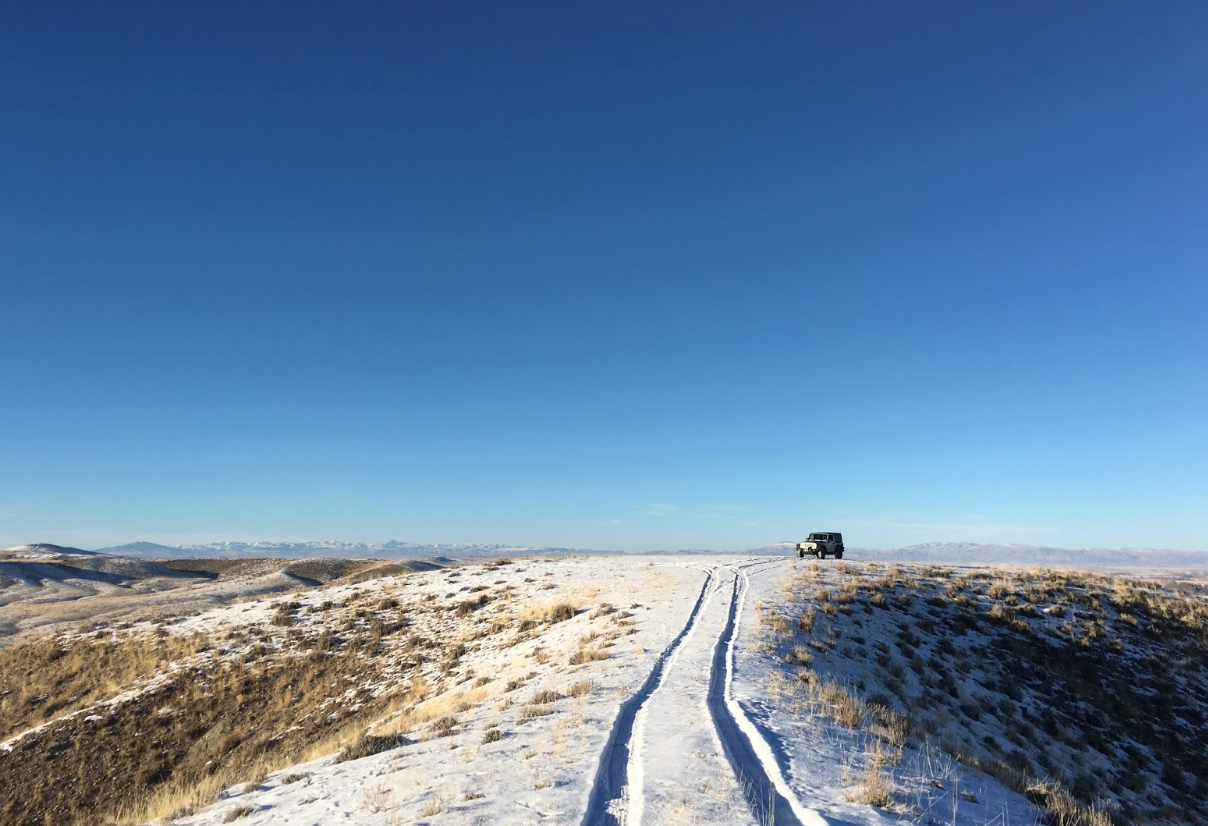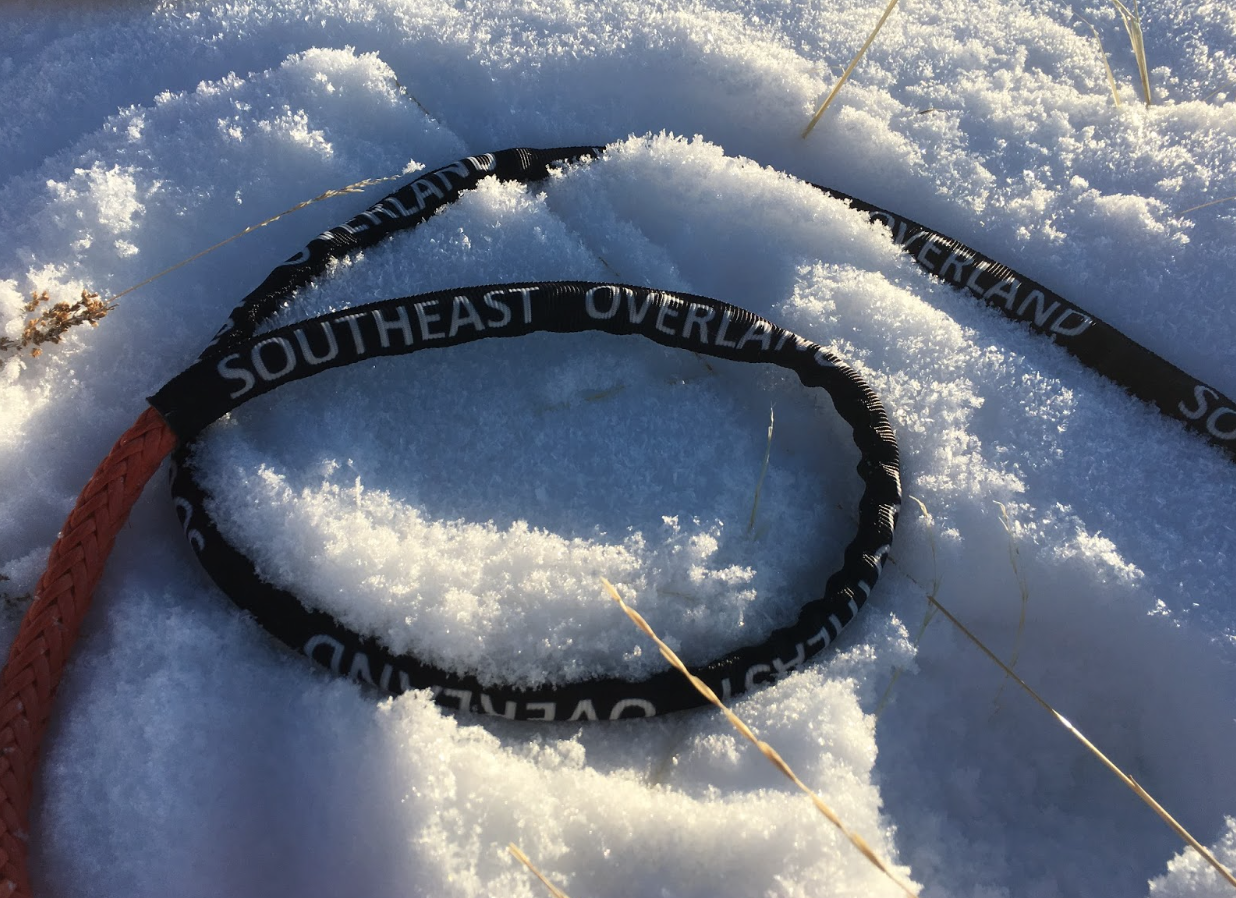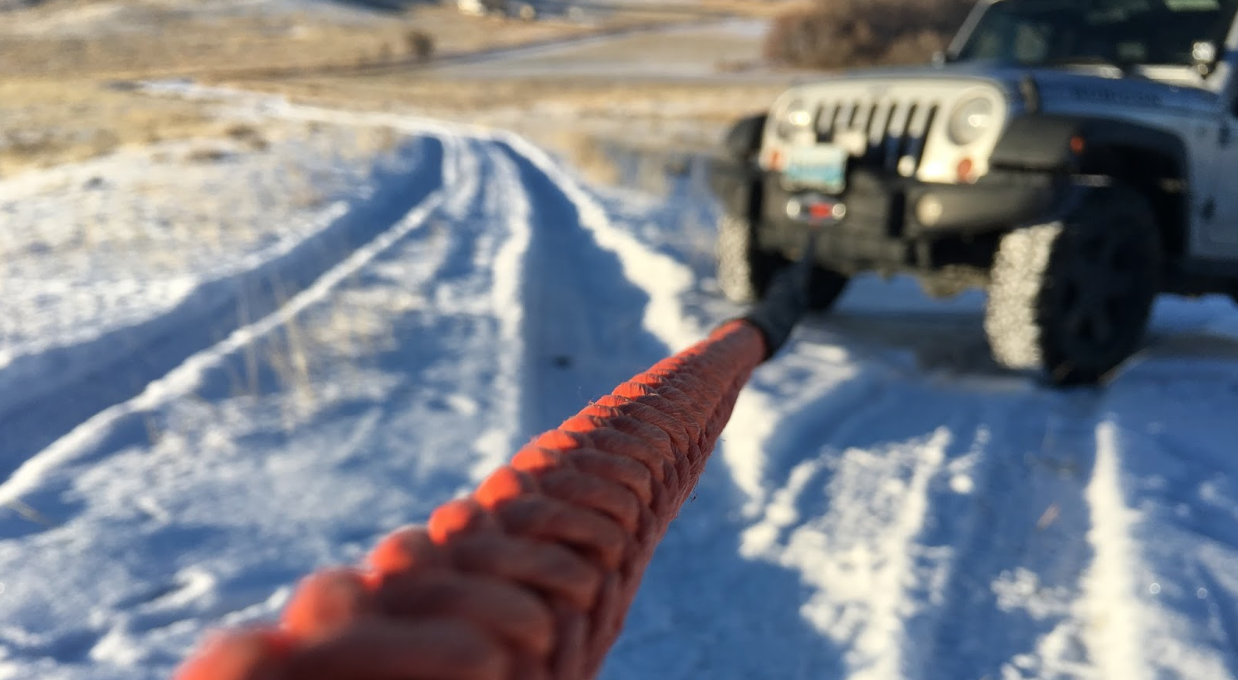In the 1830’s, the Industrial Revolution (1712-1942) was in full tilt. This was a time of change. During this time, forward progress owed much of its accomplishment to age old technology, or modified versions of it. One piece in particular, rope, could be found in some form or another in nearly every facet of industry. As the demand for progress increased and Manifest Destiny took hold, traditional rope began to, well, unravel. Hemp was barely able to keep up with weight requirements and often fell short when it came to hoisting human cargo, which was particularly tragic.
German engineer, Wilhelm Albert created a wire rope to address the safety and durability issues found in the mining industry’s hoisting equipment (hemp rope and metal chains were commonplace at the time). Since then, wire rope has been the benchmark for mining, construction and, more pertinent to us, winching duties.
Though it has been through multiple advancements over the years, wire rope still remains fundamentally unchanged, and for great reason. It is incredibly durable, strong, and heavily versatile. Did I mention it was heavy? So why change a good thing you ask? Well, a mechanical engineer once told it is the entire purpose of engineering to create better ways of doing the same thing. As such, it should be no surprise that even the best things can benefit from improvement.
Though it hasn’t quite caught on in other industries, synthetic rope has effectively advanced the winching industry by leaps and bounds. Why is it so special you ask? Well, in a time where GVWR is shrinking, weight savings is becoming increasingly important. I hadn’t really thought too much about making the switch myself, but when Steve Springs, proprietor of Southeast Overland, sent me an 80’x 3/8” stretch of bright orange Amsteel Blue Blue synthetic rope, I was highly compelled to give it a go on my highly trusted WARN M8000 winch.
Opening the box revealed a neatly coiled line and, in typical Steve fashion, a fist full of Southeast Overland decals. Decals are so underrated. So I headed to the garage, slapped a couple of decals on the tool box, grabbed a couple wrenches, and headed to the driveway for a winch cable-ectomy.
Installation
The process of removing and replacing the steel cable was incredibly easy. I merely removed the fairlead roller, released the drum brake, unreeled the 100’ of steel line by hand, upon reaching the end, removed a single allen bolt and the old cable was coiled and ready to hang up in the garage. The installation of the new cable was the reverse (with the exception of replacing the roller fairlead with an aluminum hawse unit from WARN).
I made sure that the thermal wrap was pulled down to the end of the rope and then wound it in the same fashion as the original steel cable. The first thing I noticed upon opening the package it arrived in was the difference in weight. The synthetic unit was far, far lighter than its steel counterpart. In fact, it has approximately 20% of the total mass.
Assessment
Steel cable is what it is. You can purchase pre assembled lines in a multitude of lengths and diameters, and that’s where customization ends. It cannot be repaired, shortened, or otherwise modified; it’s heavy as hell, and no matter how many times you use it there’s just no getting over the fear of snagging one’s hand with a stray barb. That being said, steel is durable and if properly cared for, will last virtually forever. On the other hand, Amsteel Blue synthetic line can be shortened to suit, is safer for a multitude of reasons, and is light enough to allow you to carry an extra case of beer on your next adventure.
So which one is best? Well, it really depends on how you plan to treat your cable. If you intend to use your winch and use it often, I would highly recommend the easy to handle Amsteel Blue line. If your winch is destined to be used near sharp objects, or if you are somewhat lackadaisical in your maintenance duties, save your coin and keep the factory steel piece. Personally, I give the nod to Southeast Overland’s full line of customizable Amsteel Blue products. One last observation, I can now run a shorter length of cable, which provides more torque and greater line speed and, have the option to carry a lightweight synthetic winch extension for those times when the treeline is just out of reach -somewhat of a real struggle here in Central Wyoming.
Steve at Southeast Overland provides a full service including repairing, shortening, and modifying synthetic lines. He also offers winch line extensions, soft shackles and even custom Amstel Blue dog leashes.
Pros
- Lighter and stronger than steel
- Buoyant
- Bright colors are highly visible
- Field repairable
- Rust free
- Will not unravel and become a bird’s nest
- Will not kink -which is fatal for steel line
- No more roller fairleads
- It’s easier to clean and then load back onto the drum when carrying out maintenance
- You don’t get any stray wire strands going through your gloves
- Easy to handle compared to steel
- No wire splinters to jam through your gloves
Cons
- Does not dissipate heat, which can damage the winch brake
- Subject to abrasion on sharp stones
- Weak point above 150 degrees
- Degraded by ultraviolet light
- Subject to internal abrasion from sand and and dirt
- More expensive than steel
- Needs to be cleaned
- Can retain water and freeze
Fast Facts
- ⅜ “ Amsteel Blue, minimum breaking strength 17,600 lbs, average breaking strength 19,600 lbs.
- Available in 80,90,100,110 and 125’ lengths as well as custom lengths. *80’ ⅜” line evaluated.
- Water in the line can freeze, but the forces put on the line by winching will rid the line of any ice.
- Maintenance on synthetic line isn’t any more than steel.
- There is a coating on the line that is essentially sunblock and effectively negates UV issues.
- It does weaken some over 150 degrees F, but once it cools back down the strength returns.
- Heat won’t really damage the winch brake but can damage the line IF you are repeatedly powering out under heavy load, as in lowering broken vehicles down steep grades. Besides that, heat really isn’t an issue.”
-Steve Springs






